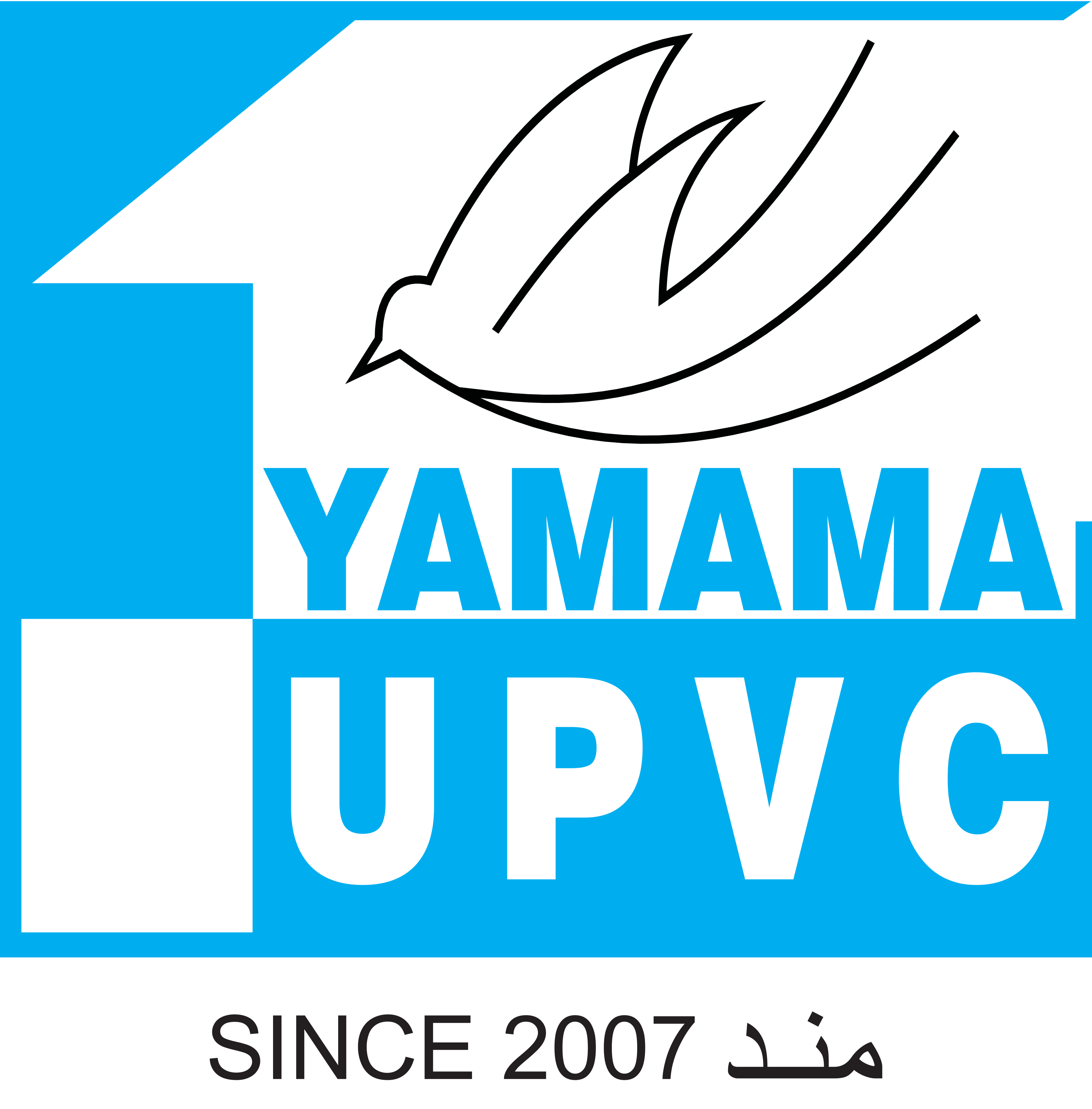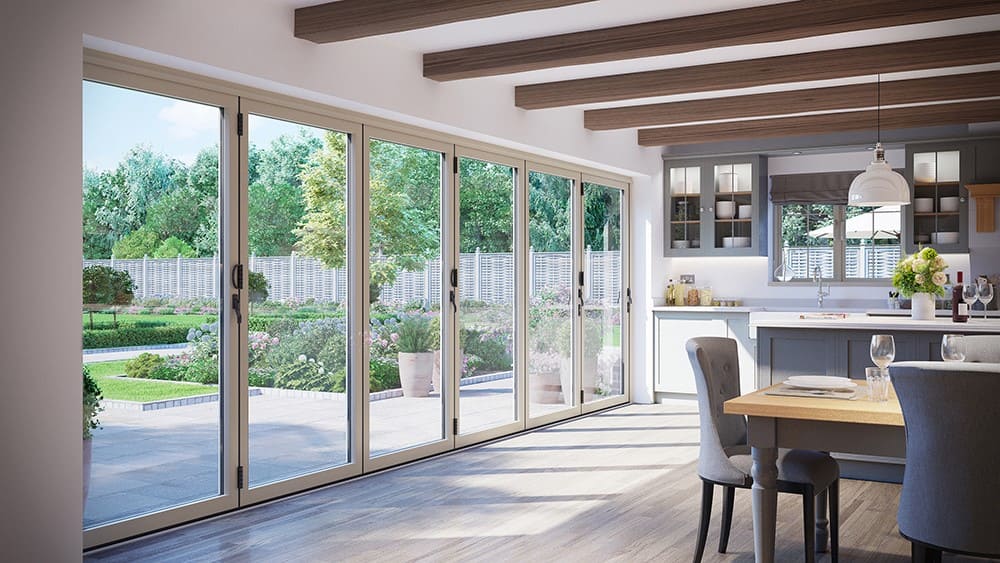Upvc doors design :
Upvc doors design : Requiring attention to detail and functionality, these plastic doors are commonly used in commercial and residential buildings.
Is characterized by its resistance to weathering and rust, high strength, and low maintenance.
Here are some factors you should take into consideration while designing UPVC doors:
1. **Shape and design:**
– Determine the general shape and design that matches the building’s style and overall décor.
– Choose between single doors or double doors depending on users’ needs and space requirements.
2. **Color and finishing:**
– Select colors that suit the general character of the building.
-Choose a finish that adds aesthetic appeal and maintains color over time.
3. **Glass:**
– The design may require stained, etched or insulating glass to maintain privacy and improve thermal and sound insulation.
4. **Safety and protection:**
– Use an effective and secure locking system.
– Adding capabilities to enhance security, such as advanced locks and modern technologies.
5. **Thermal and acoustic performance:**
– Determine the required thermal and sound insulation standards and ensure that the door design complies with them.
6. **Maintenance:**
– Low-maintenance door design that reduces the need for constant cleaning and care.
7. **Texture and materials:**
– Choose a texture that matches the rest of the building.
– Use of high quality UPVC to ensure durability and corrosion resistance.
8. **Technology:**
– Rely on modern technology such as smart remote control systems if required.
The design of UPVC doors should be in line with the client’s needs and add an aesthetic and functional touch to the building.
What is the upvc material used in designing doors?
UPVC stands for “unsaturated polyvinyl chloride” in English, and is a type of plastic. UPVC is widely used in the window and door industry, due to its excellent mechanical and chemical properties. Here is some information about UPVC:
1. **UPVC components:**
– Polyvinyl chloride (PVC): It is the main liquid that is formed to form UPVC.
– Stabilizers and plasticizers: Stabilizers and plasticizers are added to it to increase the flexibility of PVC and improve its thermal resistance.
2. **UPVC Properties:**
– **Corrosion Resistant:** UPVC is rust-resistant, ideal for use in places with wet or salty environments.
– **Impact Resistance:** UPVC has a high impact resistance, making it suitable for use in places where doors can be exposed to impact.
– **Thermal and sound insulation:** UPVC provides effective heat and sound insulation, which contributes to improving the energy efficiency of buildings.
– **Ease of maintenance:** UPVC is characterized by ease of maintenance, as it only requires simple cleaning and is not significantly affected by harsh weather factors.
3. **Manufacturing:**
– UPVC is manufactured by processing raw materials, mixing them with stabilizers and plasticizers, then forming and cooling them to obtain the final product.
4. **Colors:**
UPVC is usually available in a wide range of colours, and can be easily customized and stained to suit different designs and décor.
UPVC represents a popular choice in the window and door industry due to its availability at a relatively low cost and outstanding properties.


